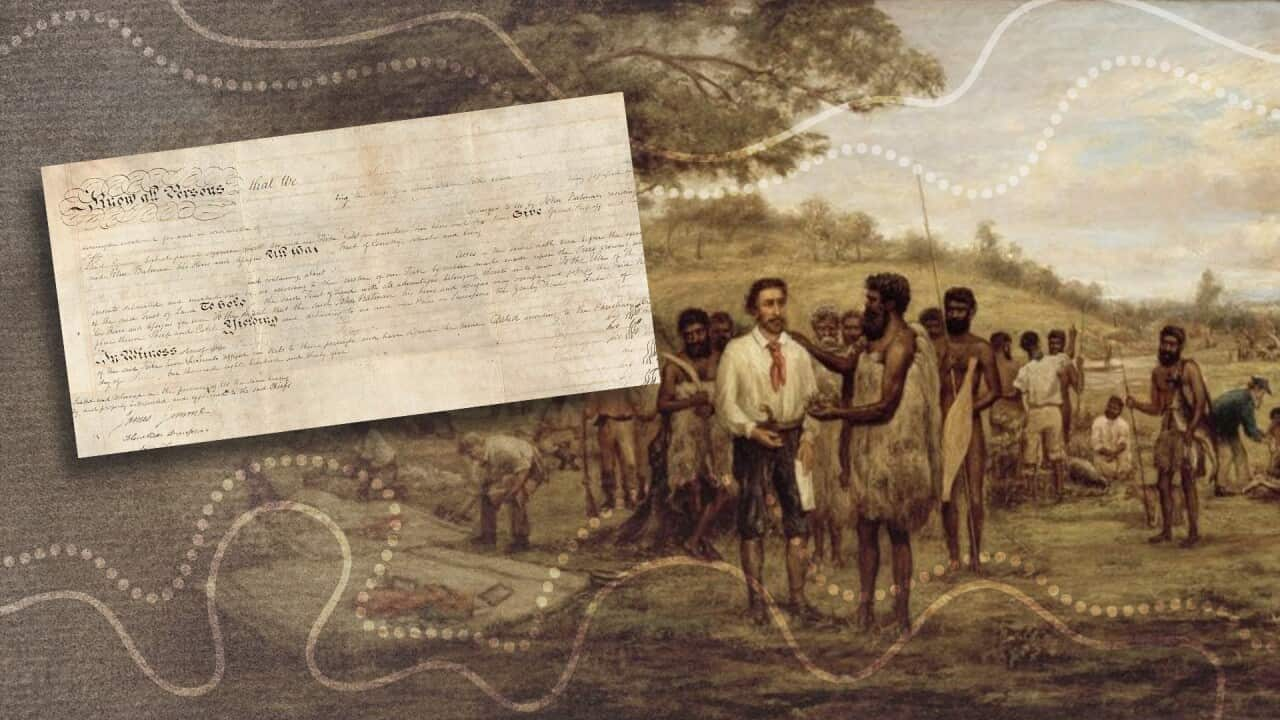Stories of European exploration of the treacherous Australian coastline (to unfamiliar navigators) are littered with examples of ship wreck, and the resulting interactions with local mob.
The fascinating story of Narcisse Pelletier is one of them: a tale of abandonment, compassion, and an unlikely, but deep, connection.
The French national was 14 years old when he set sail from Marseilles in 1858 aboard the vessel Saint-Paul, bound for the gold fields of southern settlements of New South Wales and Victoria, and transporting approximately 327 Chinese migrants from Hong Kong along the way.
The colony at the time was experiencing a sustained gold rush.
According to the National Museum of Australia, between ‘1851 and 1871 the Australian population quadrupled from 430,000 people to 1.7 million, as migrants from across the world arrived in search of gold.’
This was also at a time when the hardening of colonial attitudes, pastoral expansion and the pursuit of gold led to clashes on the frontier, resulting in mob across the continent being driven from their lands often through tactics of extermination or massacre, made legitimate by policy of the time.
This reality was likely unknown to those on the Saint-Paul, particularly to the young French cabin boy, who would unexpectedly come to understand the experience intimately.
A treacherous journey

Mount Warrenheip and Eureka Stockade, by Aunty Marlene Gilson portrays the Wadawurrung people living ‘on Country’ during the early years at the Ballarat diggings. Credit: Eureka Centre Ballarat
Further poor conditions caused their vessel to be damaged and forced the crew to seek refuge on an island, where they ran into a local Papua New Guinean tribe, who attacked them, attempting to kill or drive away the shipwrecked.
During the attacks, the young Pelletier received a blow to the head, reportedly from a sharpened rock thrown by one of the tribesman.
The captain of the ship, along with other French crew, hatched a plan to leave the Chinese on the island and take a smaller boat to find rescue.
The crew found their way to Cape York, having travelled an estimated 965 kilometres, surviving on flour and birds they caught at sea, eventually coming across a small water hole.
The crew drank the remaining water, and seemingly under the impression that they would eventually meet a similar fate as the Chinese who they had deserted, promptly jumped back in the boat to try and find rescue, leaving a sick and banged-up Pelletier by himself.
Abandoned, then adopted

Narcisse Pelletier was a 14 year old cabin boy when he was abandoned by his crew in Cape York Credit: Queensland State Archives
He was nursed back to good health and ultimately accepted and raised by the Uutaalnganu as if he were their own.
He learned Uutaalnganu, and eventually went through ceremony and was initiated.
Some 17 years later, Pelletier would be spotted by a British pearling ship, where according to the State Library of Queensland, records, “he was brought aboard the ship and the crew claimed later that the tribe were holding him for ransom in exchange for trade.”
“However, Pelletier maintained that this was not the case and that he had greatly wished to return to his tribe but was afraid of the guns aboard the pearling ship.”

A song from local mob recorded by Pelletier when he returned to France as sheet music, including lyrics written phonetically in French. Credit: State Library of Queensland
He married when he returned to France, however, lived a life of solitude as a lighthouse keeper.
His experience was recorded in his published book Dix-sept ans chez les sauvages (Seventeen years with the Savages) which includes some of the earliest sheet music to record Aboriginal songs, with the lyrics written phonetically in language.












